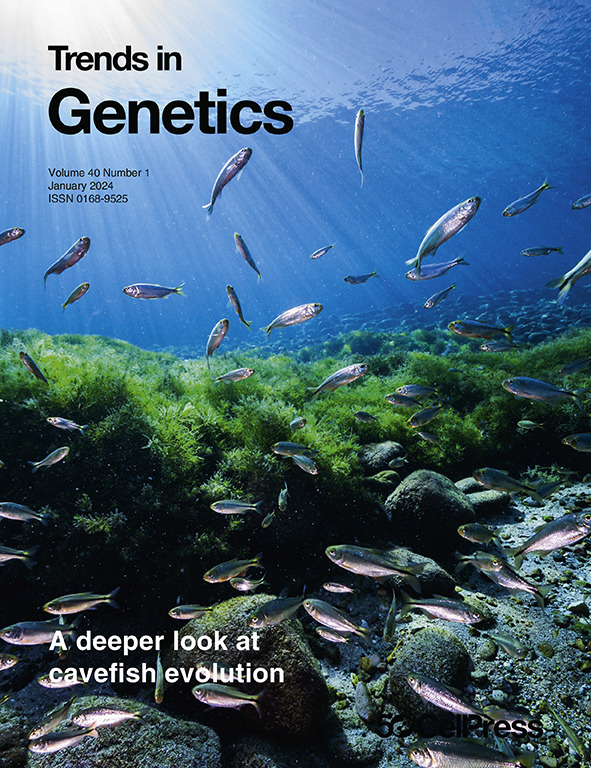新生儿基因组筛查:在确保包容性的同时探索机会和克服缺陷。
IF 16.3
2区 生物学
Q1 GENETICS & HEREDITY
引用次数: 0
摘要
基因组测序(GS)的进步导致了一项经同意的研究,评估DNA测序作为一种一线筛查工具,以扩大新生儿筛查(NBS)的条件。这些试点研究证实了其可行性,但也指出了有待解决的挑战。初步结果正在指导基础设施的设计,以应对这些挑战。本文章由计算机程序翻译,如有差异,请以英文原文为准。
Genomic newborn screening: exploring opportunities and navigating pitfalls while ensuring inclusivity.
Advances in genome sequencing (GS) have led to consented research evaluating DNA sequencing as a first-tier screening tool to expand the conditions included in newborn screening (NBS). Those pilot studies are confirming its feasibility but also delineate challenges to be solved. Preliminary results are guiding the design of infrastructure to address these challenges.
求助全文
通过发布文献求助,成功后即可免费获取论文全文。
去求助
来源期刊

Trends in Genetics
生物-遗传学
CiteScore
20.90
自引率
0.90%
发文量
160
审稿时长
6-12 weeks
期刊介绍:
Launched in 1985, Trends in Genetics swiftly established itself as a "must-read" for geneticists, offering concise, accessible articles covering a spectrum of topics from developmental biology to evolution. This reputation endures, making TiG a cherished resource in the genetic research community. While evolving with the field, the journal now embraces new areas like genomics, epigenetics, and computational genetics, alongside its continued coverage of traditional subjects such as transcriptional regulation, population genetics, and chromosome biology.
Despite expanding its scope, the core objective of TiG remains steadfast: to furnish researchers and students with high-quality, innovative reviews, commentaries, and discussions, fostering an appreciation for advances in genetic research. Each issue of TiG presents lively and up-to-date Reviews and Opinions, alongside shorter articles like Science & Society and Spotlight pieces. Invited from leading researchers, Reviews objectively chronicle recent developments, Opinions provide a forum for debate and hypothesis, and shorter articles explore the intersection of genetics with science and policy, as well as emerging ideas in the field. All articles undergo rigorous peer-review.
 求助内容:
求助内容: 应助结果提醒方式:
应助结果提醒方式:


